Windows have been an integral part of architecture since ancient times. They not only allow natural light to enter a building but also provide ventilation and enhance the aesthetic appeal of a structure. Over the years, windows have undergone significant changes in design and construction to meet the evolving needs of society.
In this article, we’ll take a historical overview of the evolution of windows.
Ancient Times
Windows were first used in ancient civilizations such as Egypt and Mesopotamia. The earliest windows were small openings in walls that allowed light and air to pass through. These were typically made of stone, which provided little protection from the elements.
Medieval Times
During the medieval period, windows became more sophisticated. Gothic architecture, which emerged in the 12th century, featured pointed arches and large stained glass windows that allowed more light to enter the buildings. This period also saw the emergence of leaded glass windows, which were made by fitting small pieces of glass together using lead strips.
Renaissance and Baroque Period
The Renaissance and Baroque periods saw a shift towards more ornate windows. Buildings during this time featured elaborate stone carvings, intricate moldings, and large, decorative windows. This period also saw the introduction of the sash window, which could be opened and closed using a pulley system.
Industrial Revolution
The Industrial Revolution saw the mass production of glass, making it more affordable and readily available. This led to the emergence of larger, more expansive windows that allowed more natural light to enter buildings. The use of cast iron and steel also allowed for larger windows to be installed without compromising the structural integrity of the building.
Modern Era
In the modern era, windows have become more energy-efficient and environmentally friendly. Double-paned windows, which feature two layers of glass, have become popular as they provide better insulation and reduce noise pollution. The use of low-emissivity (low-e) coatings on windows helps to reduce heat loss in winter and heat gain in summer.
The evolution of windows has been shaped by advancements in technology, changes in architectural styles, and the evolving needs of society. Today, windows are not just functional elements of a building but are also an important design feature. As we continue to prioritize sustainability and energy efficiency, we can expect to see further innovations in window technology in the years to come.
If you liked this article, you might also wanna check out A Quick Guide to The Different Types of Windows
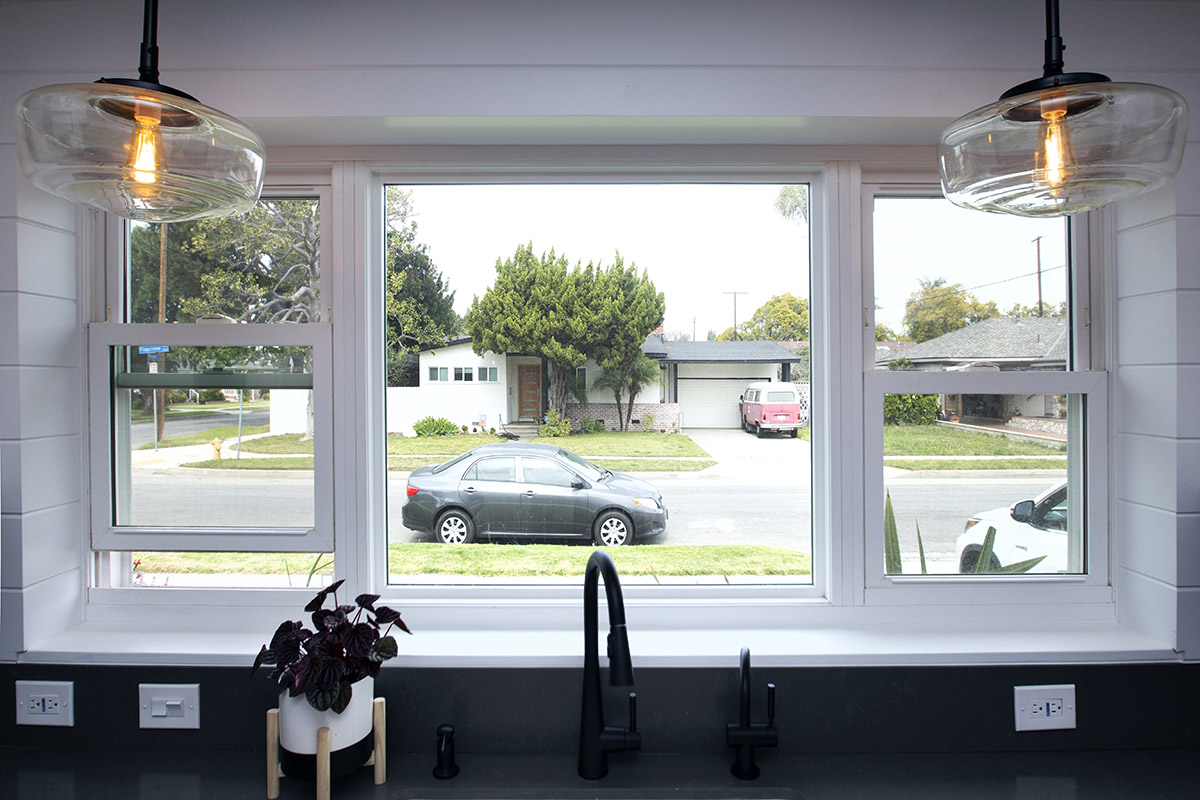


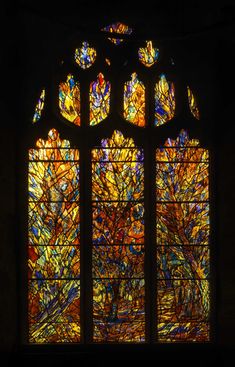
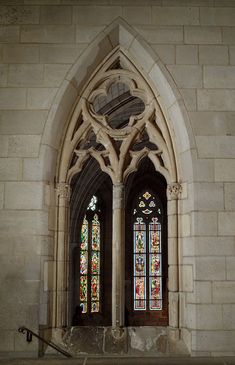



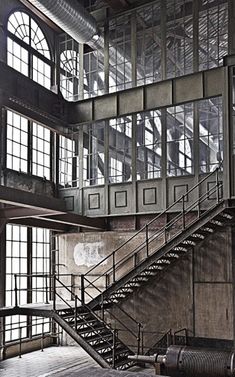

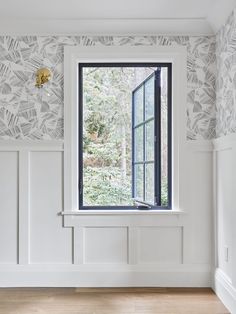
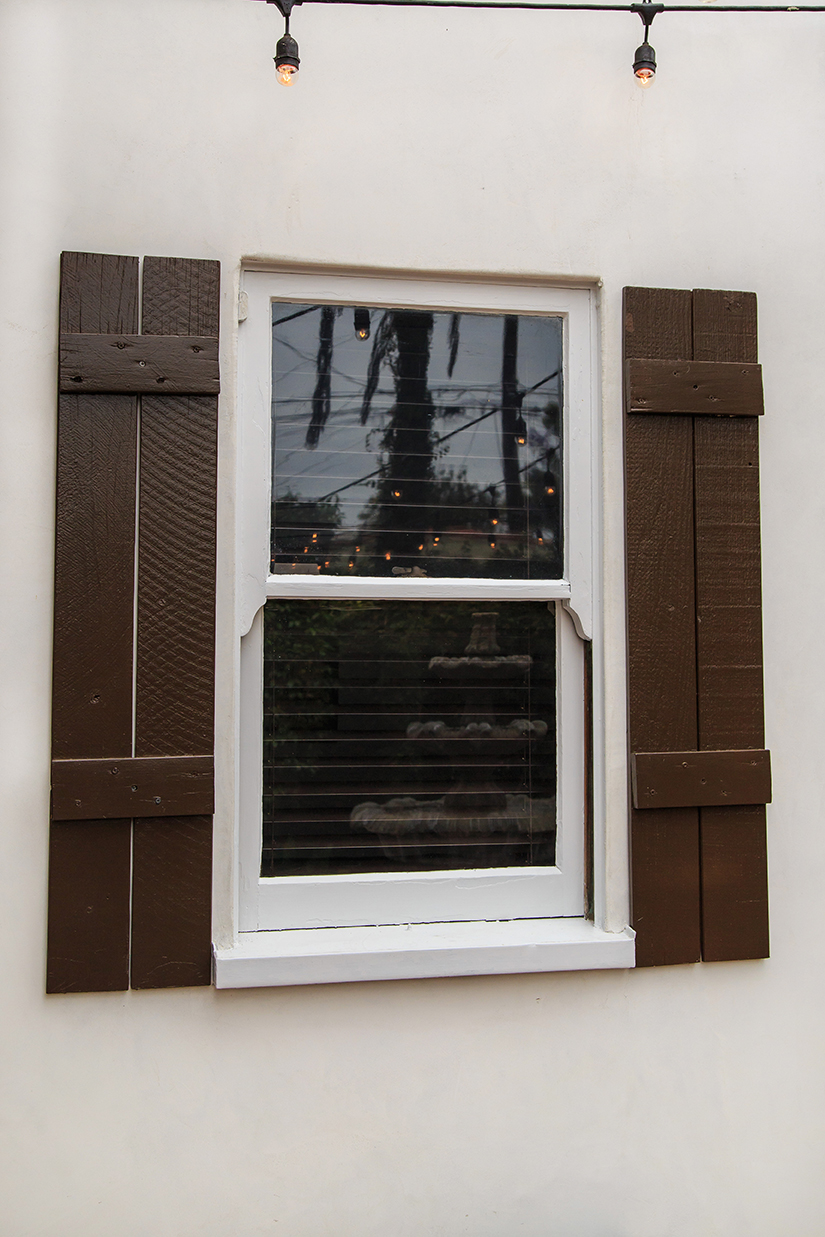 Builder Boy, LLC
Builder Boy, LLC